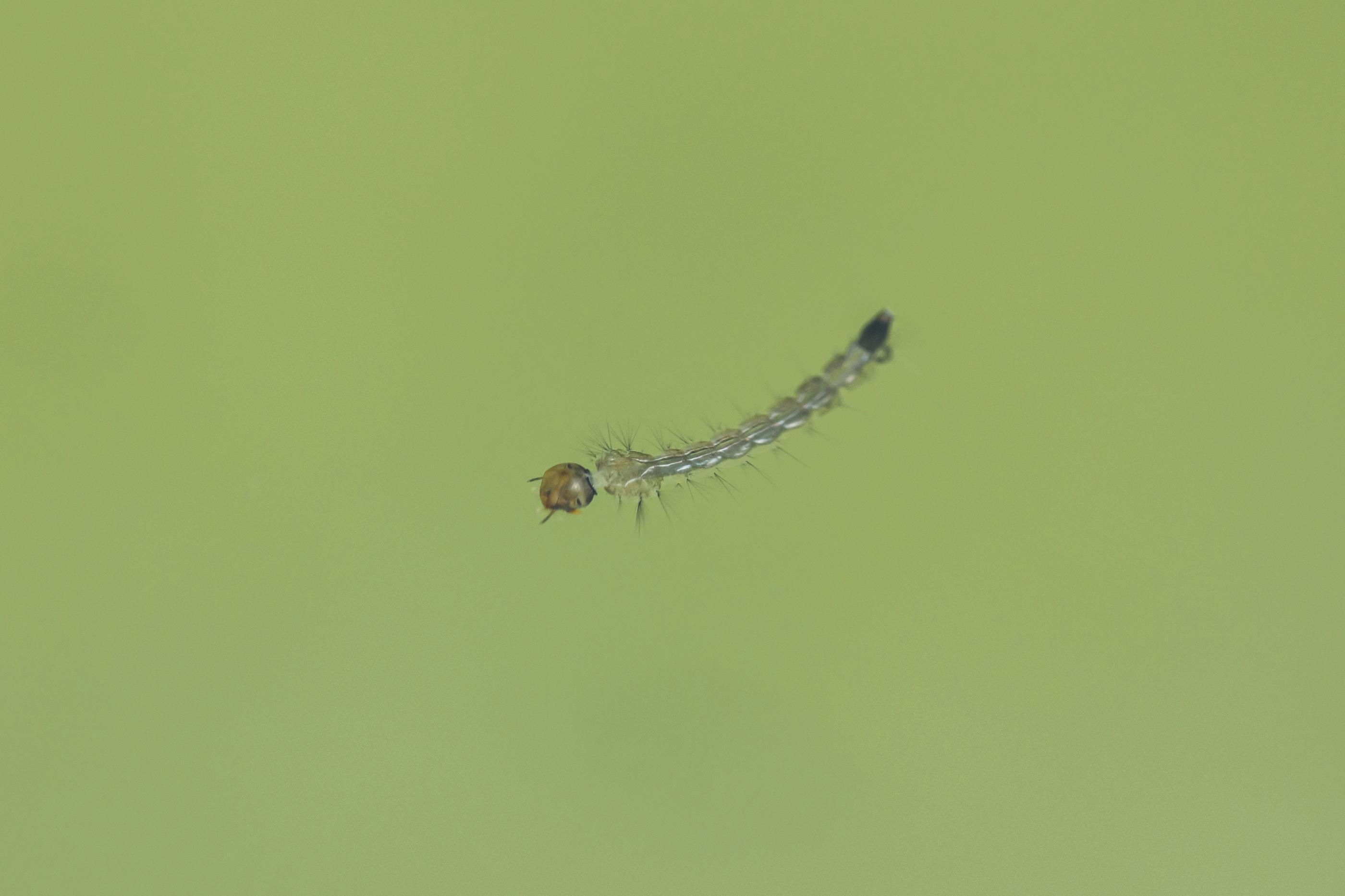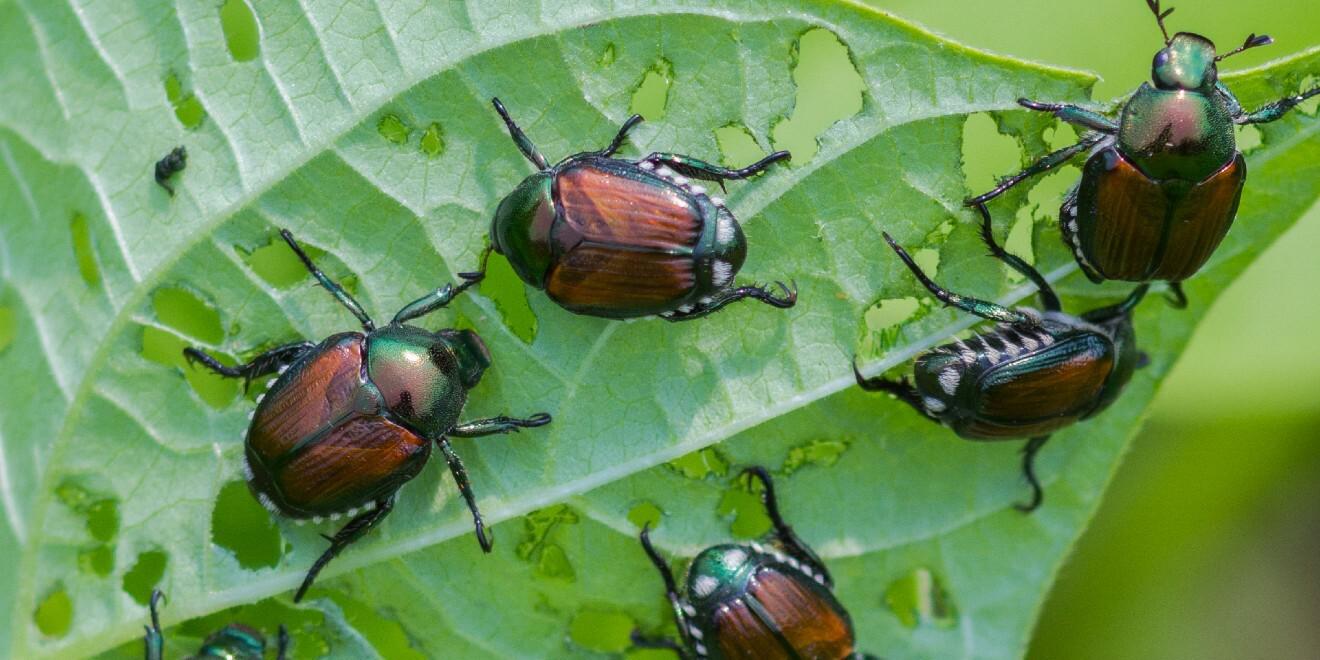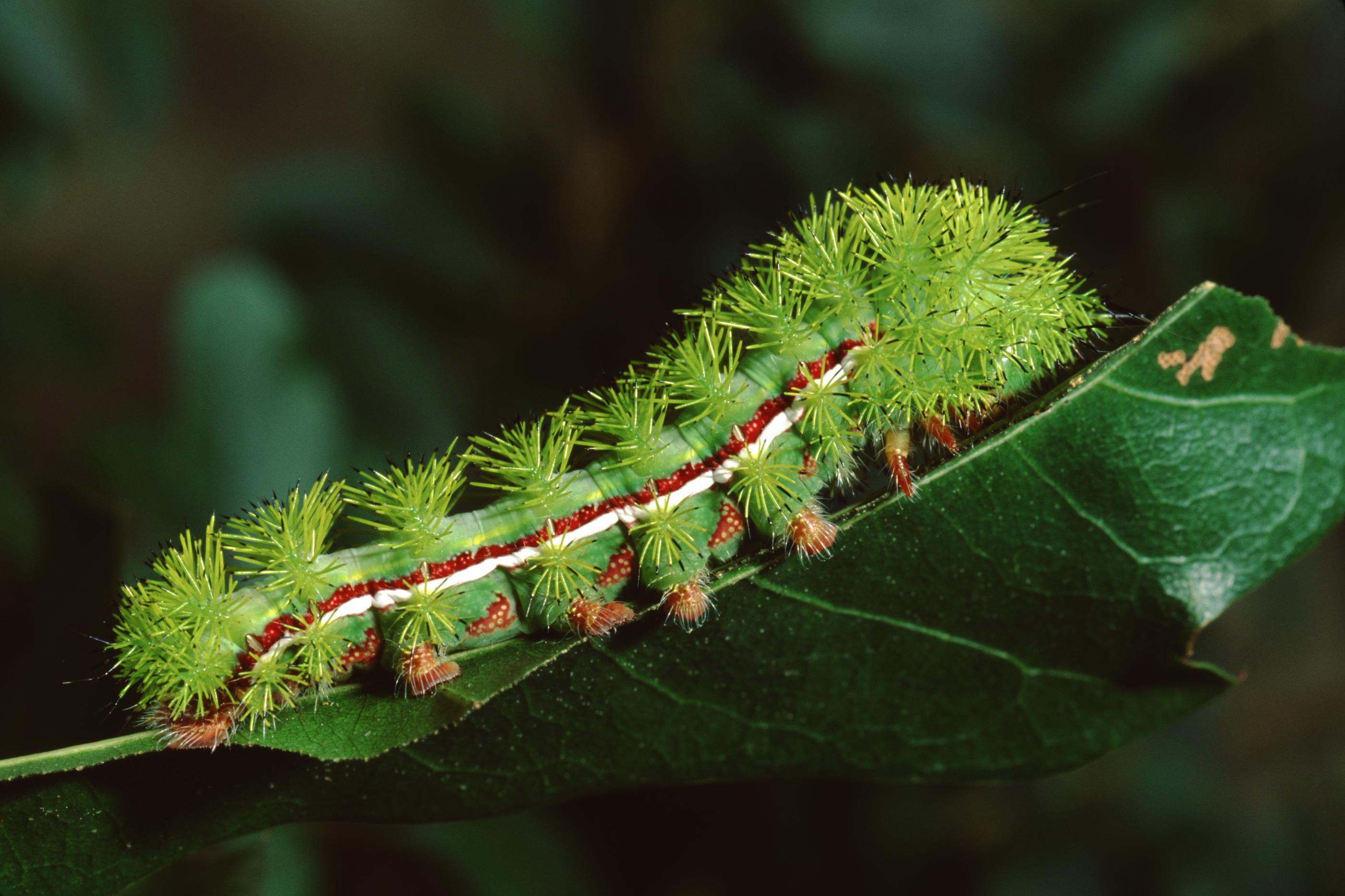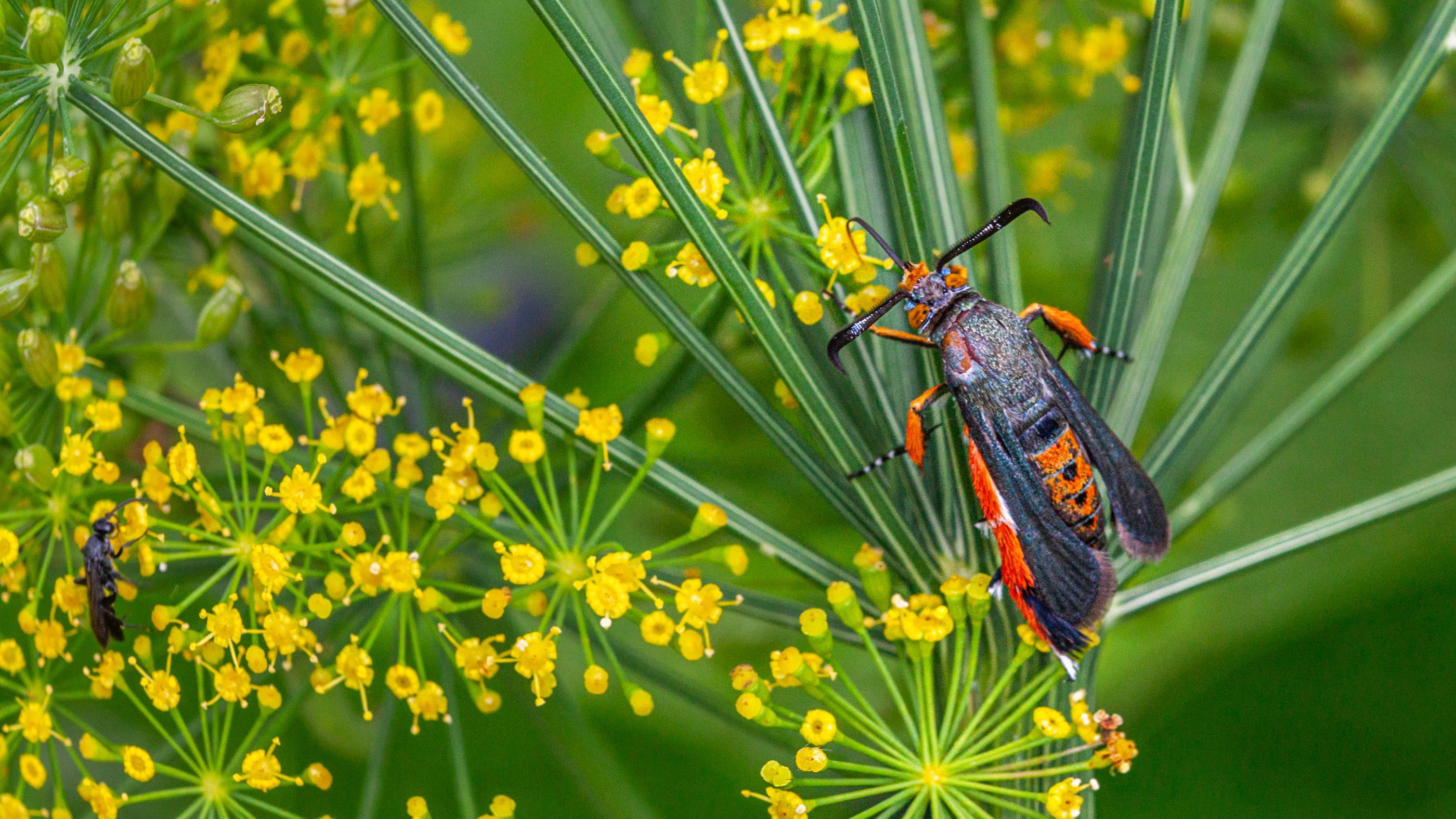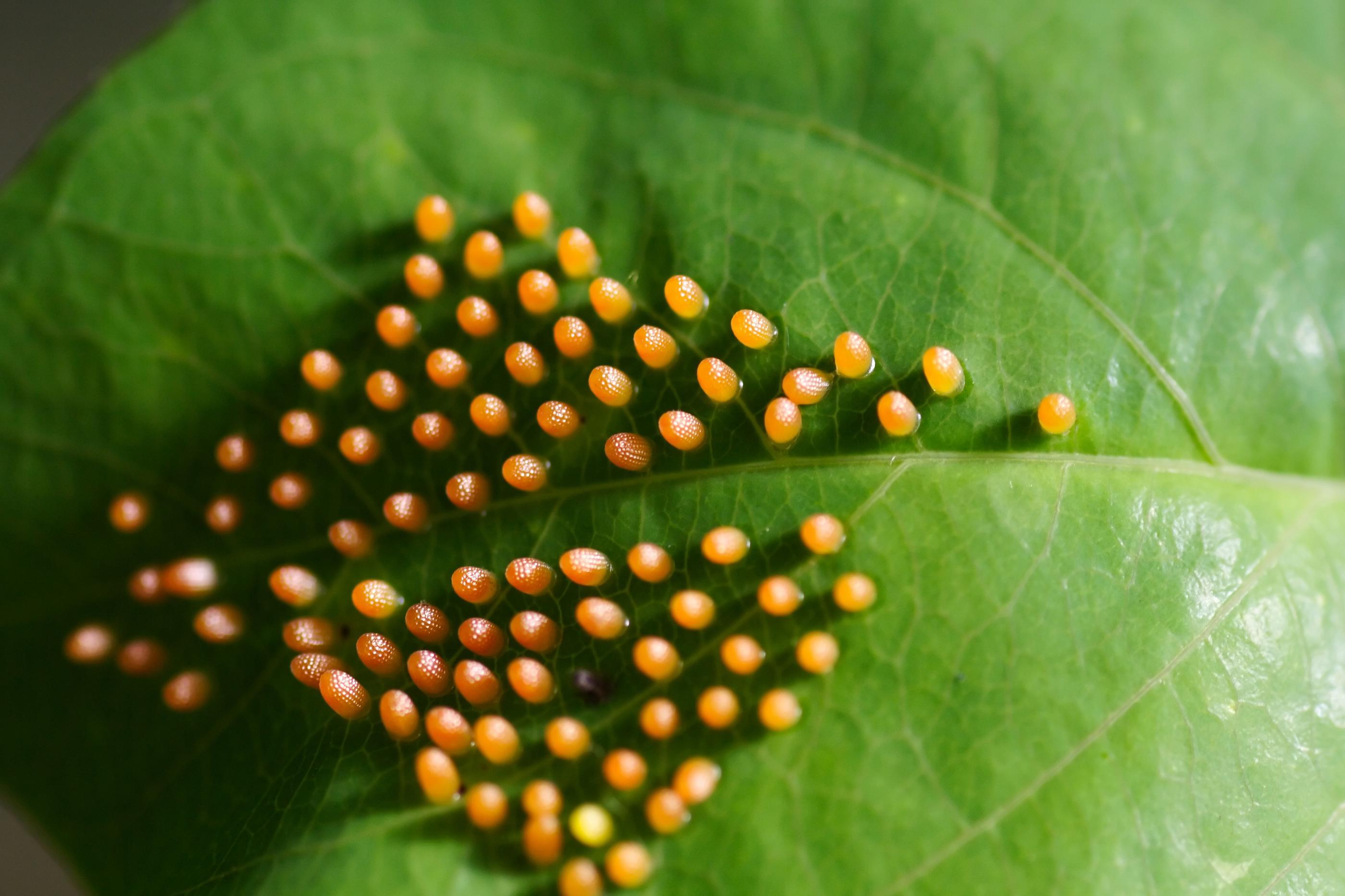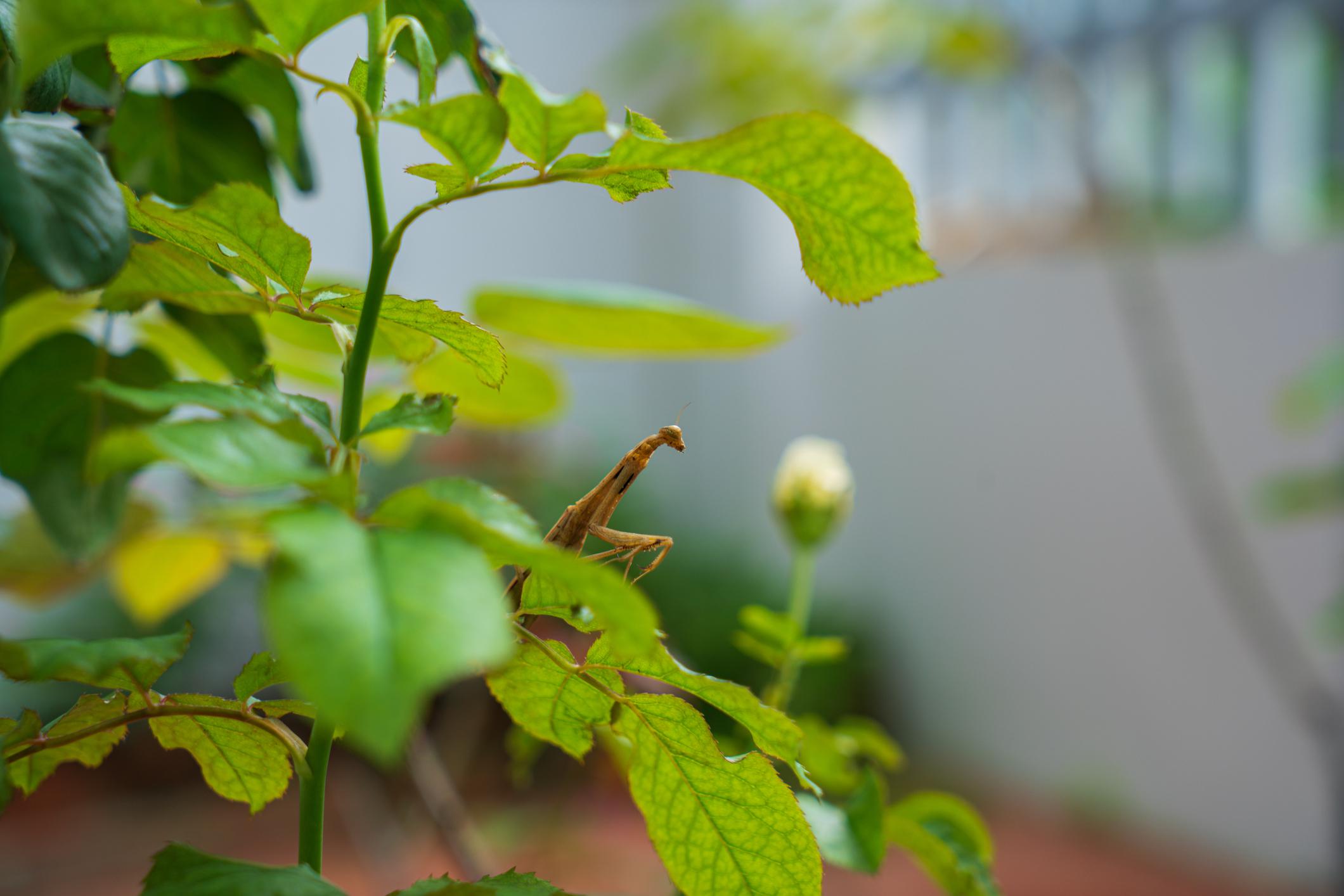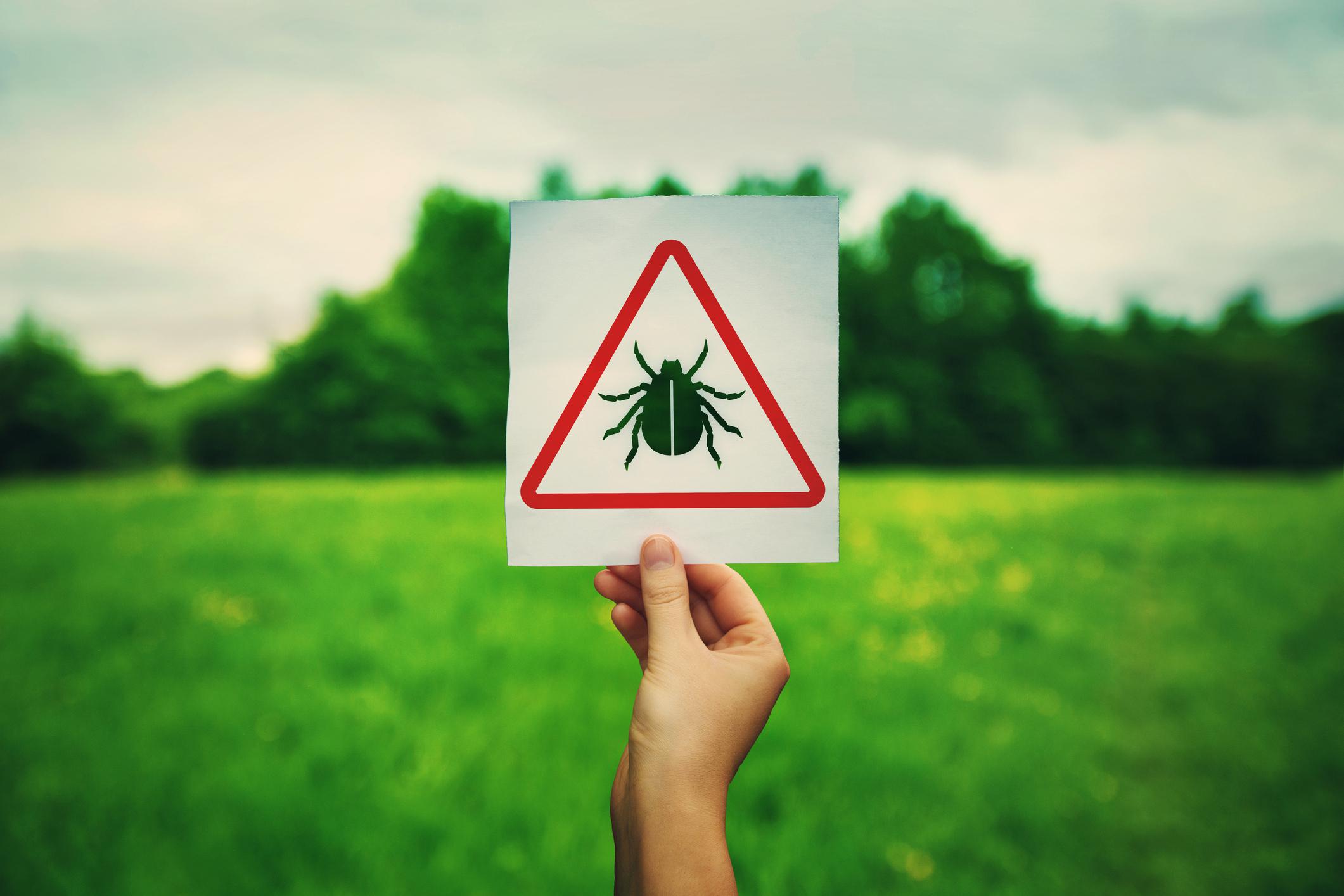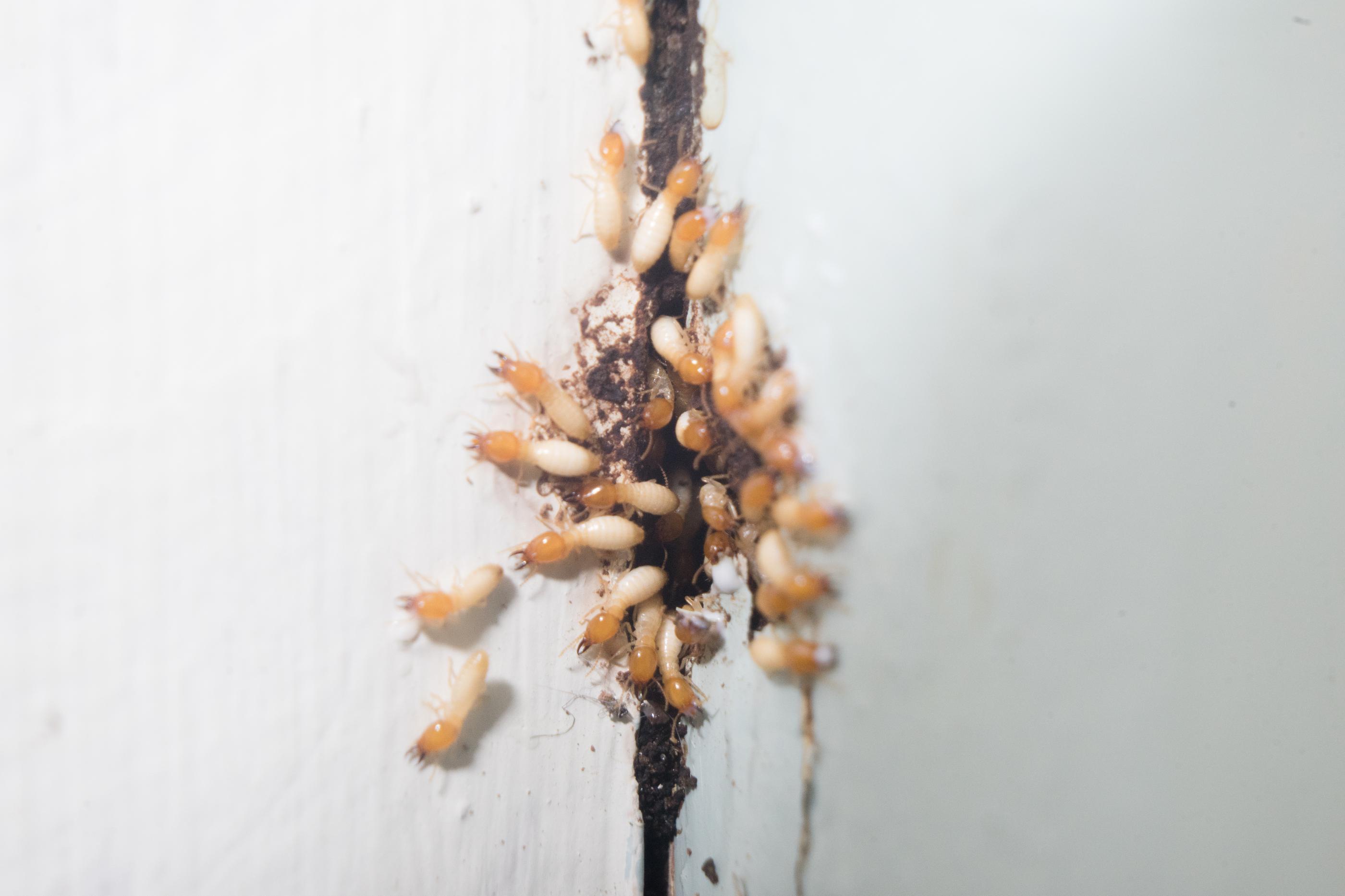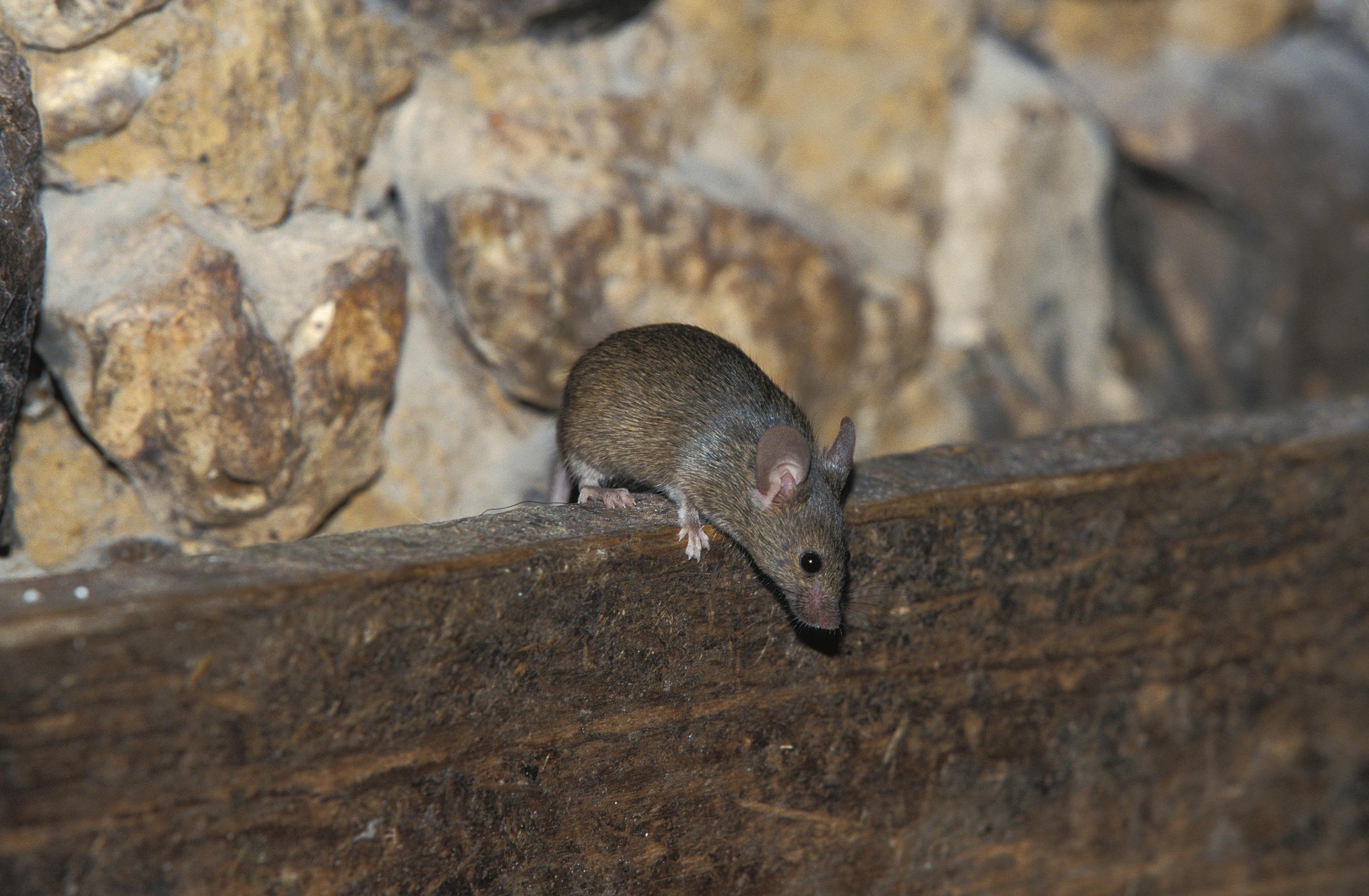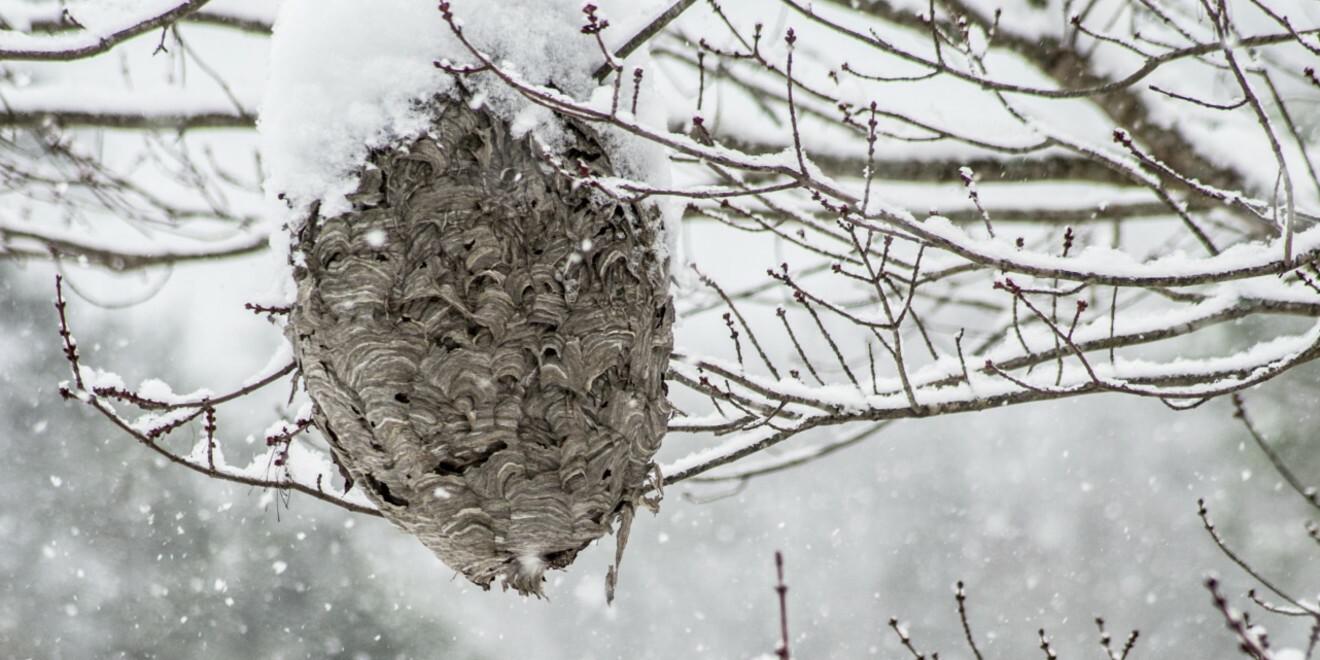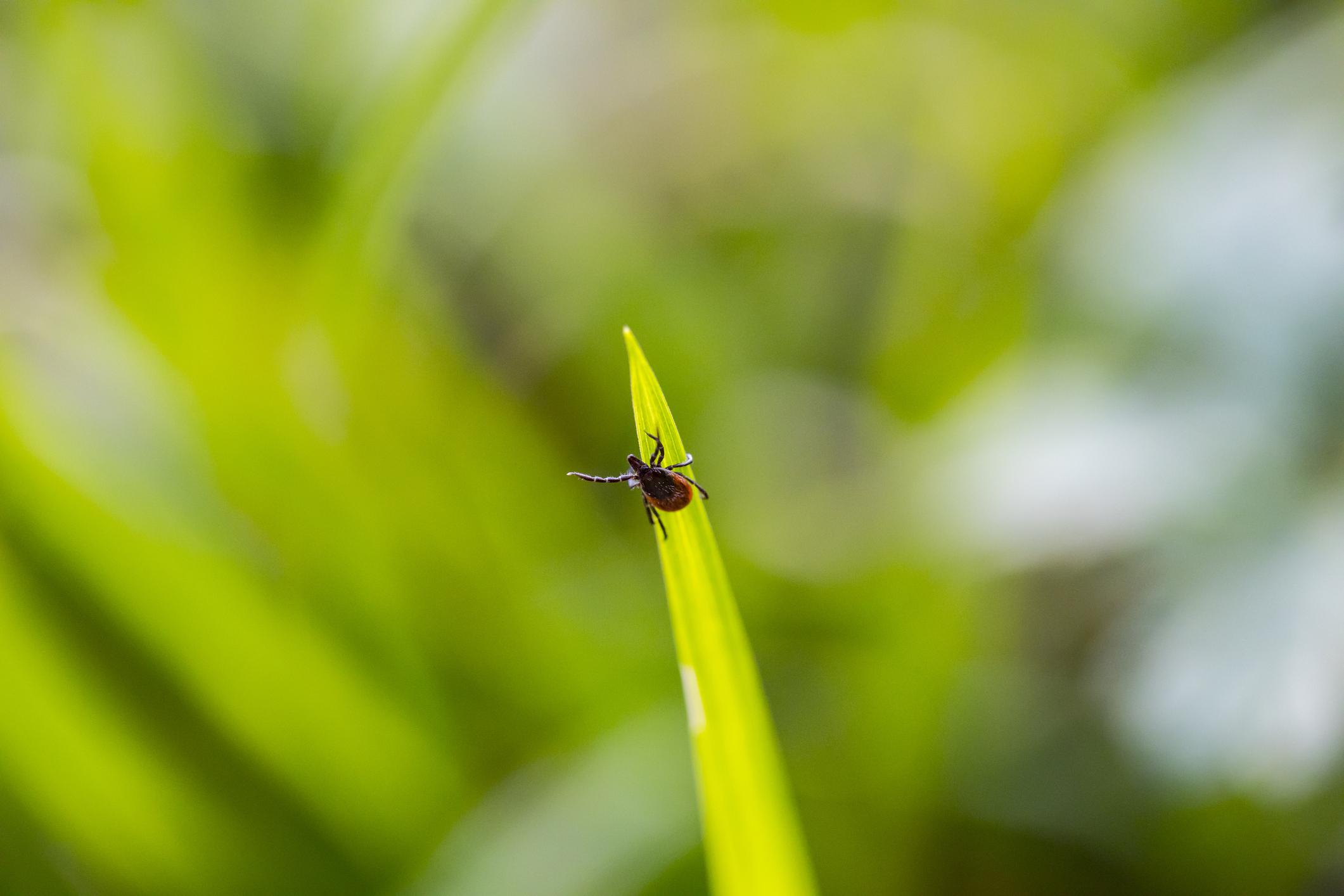What Kind of Tick Bit Me? Lone Star Tick
Posted by Mosquito Squad
May 17, 2018
If you’ve found a tick embedded in your skin, your first thought is probably to remove it and your second thought is probably “what kind of tick bit me?”
Ticks are not just a nuisance—they also pose serious health risks. It is important to know what kind of tick bit you because there are several different species of ticks and not all ticks are the same. There are four common species of ticks in the greater Washington DC region, each transmitting different diseases to humans and pets.
This week for our “What Kind of Tick Bit Me?” series, we’re sharing everything you need to know about the lone star tick.
Common name: Lone Star Tick
Scientific name: Amblyomma americanum
What do they look like?
You can easily spot a female lone star tick because it will have a white or yellow dot on the center of its back. Males have white lines or streaks around the perimeter of their bodies. Both females and males are reddish brown and about 3 to 4 millimeters.
Where are they found?
Lone star ticks are found across the country, particularly in the eastern, southeastern, and midwestern regions. They typically live in woodland areas and are active during May and June or on warm days in the winter and spring. The lone star tick is the most commonly found tick in Fairfax County, Virginia.
What do they feed on?
These ticks are not picky—they will feed on nearly any mammal, including humans, pets, and livestock. They find their host by perching onto something and waiting for an animal to pass by so they can climb aboard.
What types of diseases do they transmit?
The lone star tick can transmit Tularemia and Ehrlichiosis. This species is not a vector for Lyme disease, but it has been linked to southern tick-associated rash illness (STARI), which is similar to Lyme. It is also thought that a severe red meat allergy can be triggered by the bite of a lone star tick.
During which life cycle stages can they bite and transmit diseases to humans?
Lone star ticks need to feed during all three stages of development—adult, nymph, and larva. The adult female and nymph stages are the two that are most likely to cause disease transmission to humans.
How long does it take to transmit a disease?
It takes 24 hours for a lone star tick to transmit Ehrlichiosis. The transmission time for Tularemia is unknown.
How can you protect yourself?
To prevent contracting a disease from a tick, here are a few preventative measures you can take:
- Avoid heavily wooded areas and tall grass if possible.
- Wear protective clothing (tall socks, long pants, long sleeves) when you go outdoors.
- Check your body regularly and thoroughly for ticks. Common areas include the nape of the neck and lower scalp. Deer tick bites are hard to detect until symptoms appear.
- Remove ticks using the proper technique utilizing tweezers or tick removal tools, as soon as possible. Careful removal will reduce the risk of injecting the tick’s fluids into your body.
- Know the signs and symptoms of Lyme disease, Anaplasmosis, and Babesiosis so you can monitor your condition after a bite. Consult a doctor if you think you have contracted a disease.
- Contact DC Mosquito Squad for tick control treatments in your yard to keep ticks at bay.
Check back soon for the next in our “What Tick Bit Me” series to find out the other types of ticks commonly found in Maryland, Virginia, and Washington DC.

